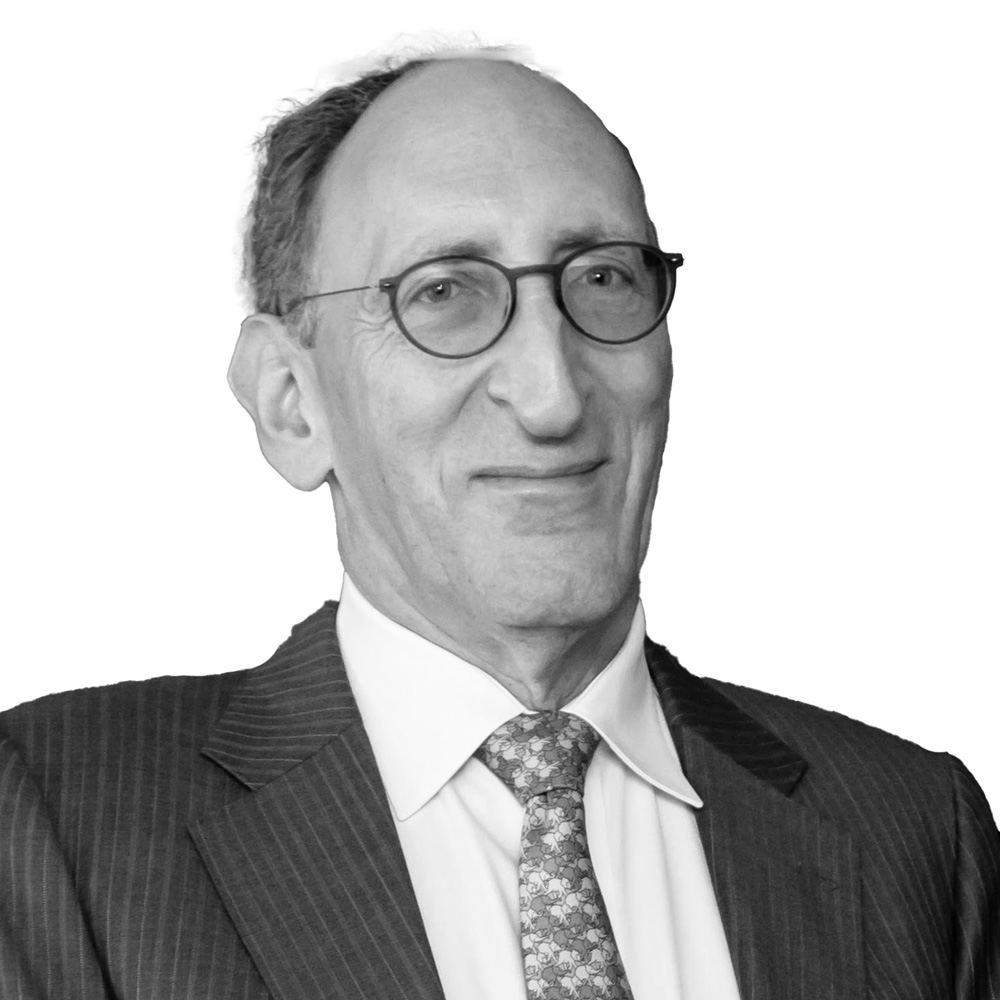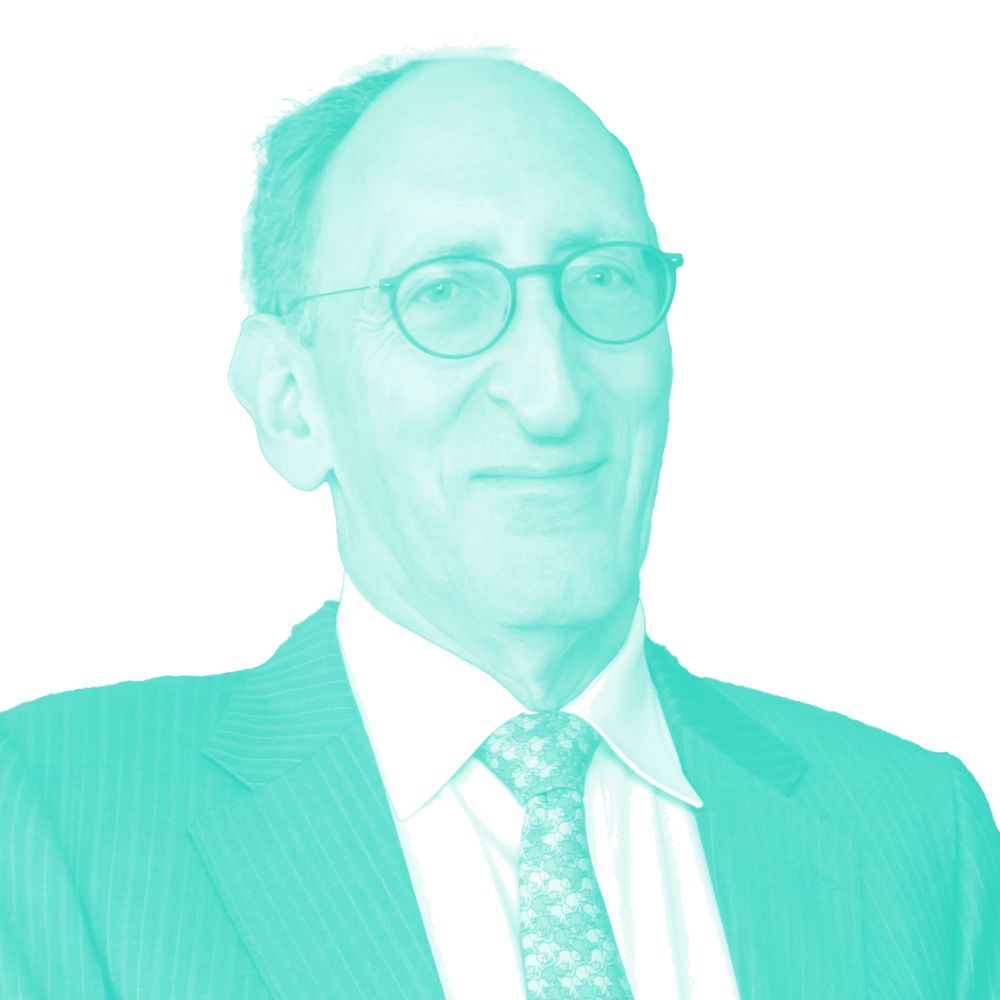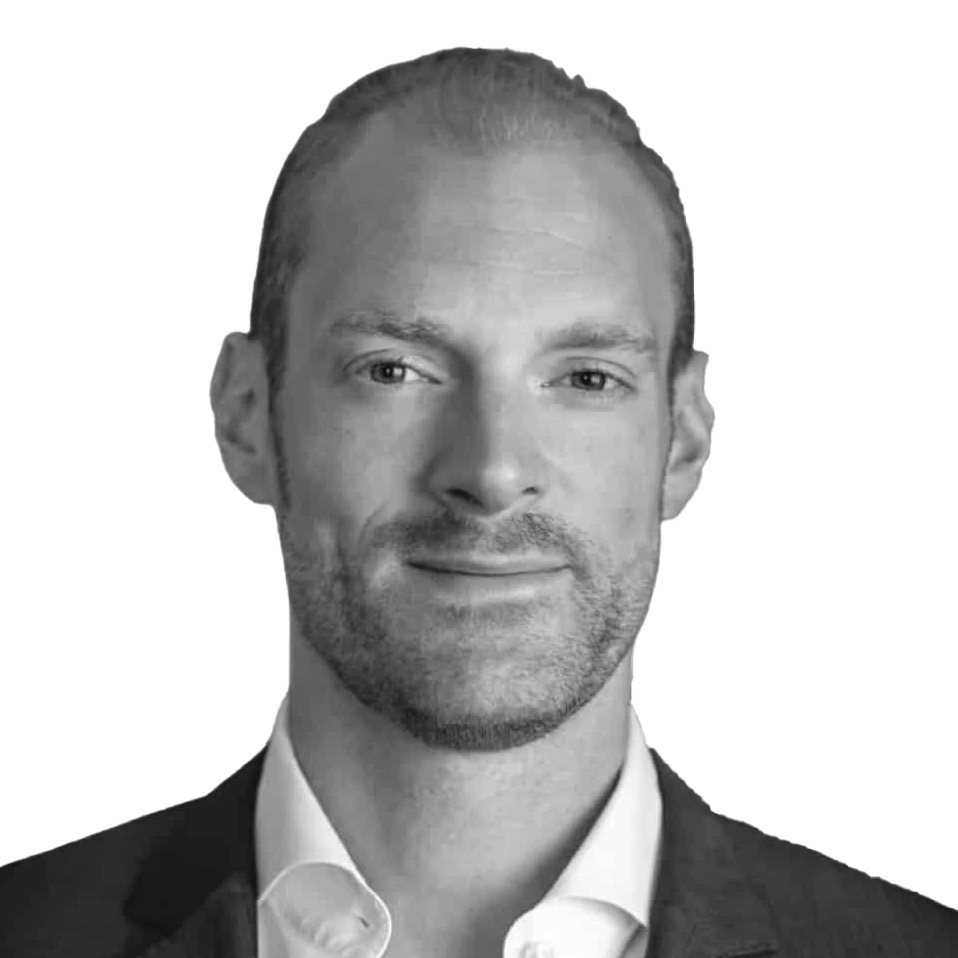Wellness Experience Data as a Goldmine for Real Hospitality




Synopsis
It’s easy to think wellness is just another bolt-on, like bath salts or green juice in the minibar. But the truth is, wellness isn’t just a trend. It’s a trillion-dollar shift in how people travel, spend, and stay. And if you are in hospitality, it’s your business to care. Not just in the fluffy “feel good” sense, but in a data-driven, revenue-boosting, loyalty-building kind of way. Because when guests start choosing hotels based on how they feel after check-out, you will want to be the one showing them measurable results.
It’s often said that there are three main markets that will always exist: health, wealth and relationships. Luckily, this is exactly what hospitality does! But what does it mean to actually care for our guests’ health?
This is where the prospects for wellness (the product) and wellbeing (the result) come into play. In the era of ‘data is the new oil’, the proper use of data related to how guests interact with wellness products or amenities will thus play a role in everything from itinerary design that boosts ancillary spend through to giving guests a baseline universal metric – for example, measuring heart rate variability (HRV) as a proxy for chronic stress and elasticity of blood vessels – by which to show health improvements after each visit to therein induce a follow-up booking.
Wait a minute: why care about using wellness data when your hotel is still struggling to get its primary business data under wraps? You’re not wrong in thinking this, but please understand that wellness is truly a trillion-dollar opportunity for the hospitality industry as the above benefits have hinted at.
To illustrate why, just think about the last time you were sick. In that moment, you didn’t care about what’s in your email inbox, upcoming meetings, projects due, your drivetime commute. All you cared about was getting better.
Much like how the best advice for equity investing is to protect your downside, there’s now an insurmountable pile of evidence to show that certain lifestyle adjustments work as preventative medicine to stave off illness or allow you to bounce back quicker. In a reductive sense, one of the goals of every sauna session, supplement or salad you eat is to boost the immune system so that the chances of a pathogen breaking through into a full-on disease are minimized.
Once you drink the wellness Kool Aid and realize that constantly engaging in wellness activities is your best bet to safeguarding against illness, there’s no going back. The benefits from wellness are simply too enormous: you get sick far less often, you’re less groggy in the morning, you’re smarter, you’re stronger, you suffer less lower back pain, your mood is brighter and you possess, in a word, more vitality.
A key word to pick out here is ‘constantly’; wellness is about lifestyle and repeat activities. All the better for hotels because this means repeat revenues!
As more and more people embark on their own wellness journeys, they will increasingly start to choose their hotels according to what wellness amenities they have onsite, either by opting for destination properties or by paying a premium for wellness products (higher room rates or boost to ancillary
spend). The TAM is there, but this brings us to another interesting question: how we do use data to reveal who are wellness guests are to inform repeat stays, lookalike marketing or capital investments?
As immediate next steps, it’s first about ensuring you are effectively merchandizing your wellness experiences across the entire guest journey. This requires a lot of thought by the commercial team for everything from digital marketing and packages through to prearrival upselling and availability onsite. And FYI: wellness is for groups now, too!
This digital footprint can include multivariate testing of offers, an intake survey asking guests what they want from their stay, group class signups or even when the gym facilities are accessed via keycard. Next, all this data should have some mechanism of extraction into the data warehouse so that it can be merged into the guest’s CRM profile or left as raw for later computations by some form of agentic AI that will emerge in the next two years.
Yes, integrations are a pain to build and anything but a pleasure to uphold, but knowing what spa treatments are being purchased and activities are being requested goes a long way towards incremental improvements from the perspectives of RevPAG (per guest) and, ultimately, the reason why guests are choosing your property over all the others in a given location (and willing to pay above-market rates). Of course, all that data is also gold for ML.
Let’s end with a real-world example that represents the current platinum standard for using wellness data. With two locations in Alicante, Spain and Cancun, Mexico, SHA Wellness Clinic specializes in preventative health and detox retreats sold in 7, 10 and 14 night packages that include diagnostics, medical consultations, physical fitness sessions, personalized meal plans, hydrotherapy, traditional spa services and plenty more.
This already involves a ton of data in terms of scheduling all these treatments with various onsite specialists as well as securely storing the actual medical data in the cloud. Recently, though, SHA has partnered with WHOOP, an armband that tracks blood pressure, heart rate, blood oxygenation levels, the aforementioned HRV and other metrics on a 24/7 basis in order to give a person more insights into how well they are recovering during sleep or what’s elevating their stress levels during the day.
What this partnership involves is the one-way extraction of WHOOP monitoring data into SHA’s own systems so that the medical team can make adjustments on the fly to the guest’s complex itinerary. Didn’t sleep all that well? Maybe push the plyometrics training to the afternoon. Showing signs of needing more time to recover from a workout? Add more protein to each subsequent meal.
These are the basics, and you can get more granular towards optimizing the body and the mind, but only once you have the data. SHA may be a medical wellness center and thus a highly defined niche of the market, but it speaks volumes for where our industry is headed as these technologies reach wider adoption. Fortune favors acting sooner rather than later.